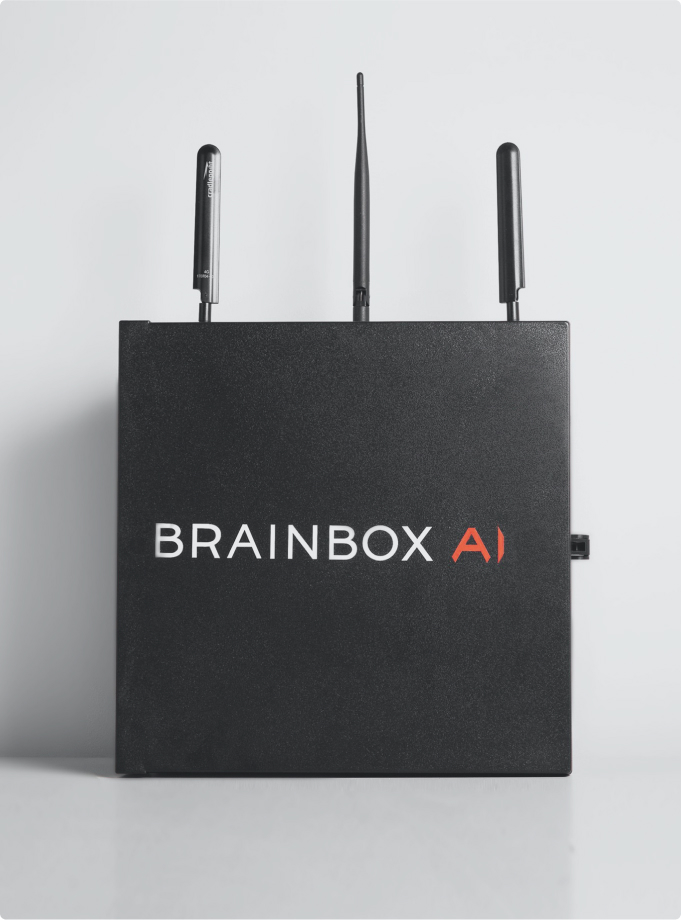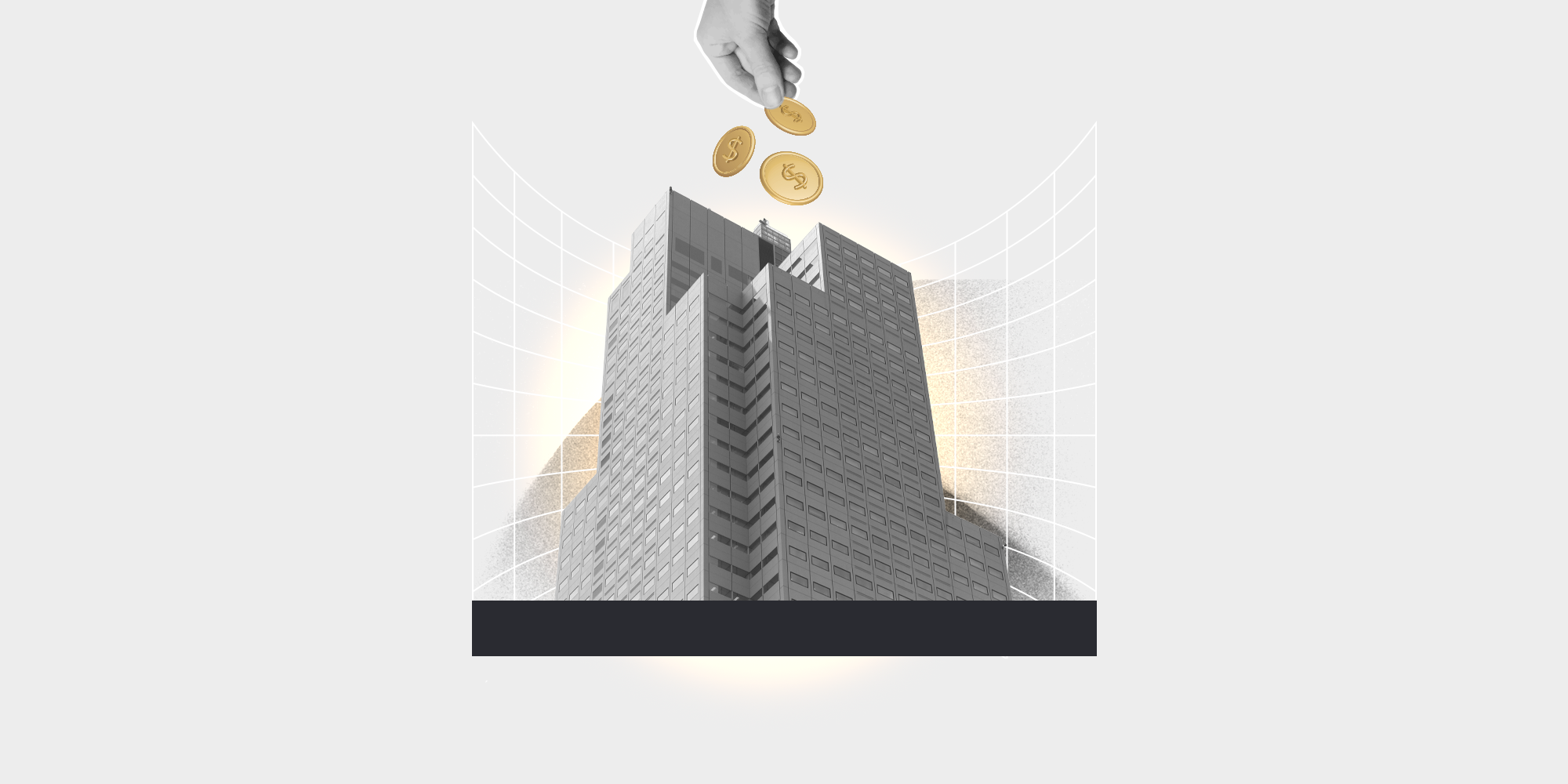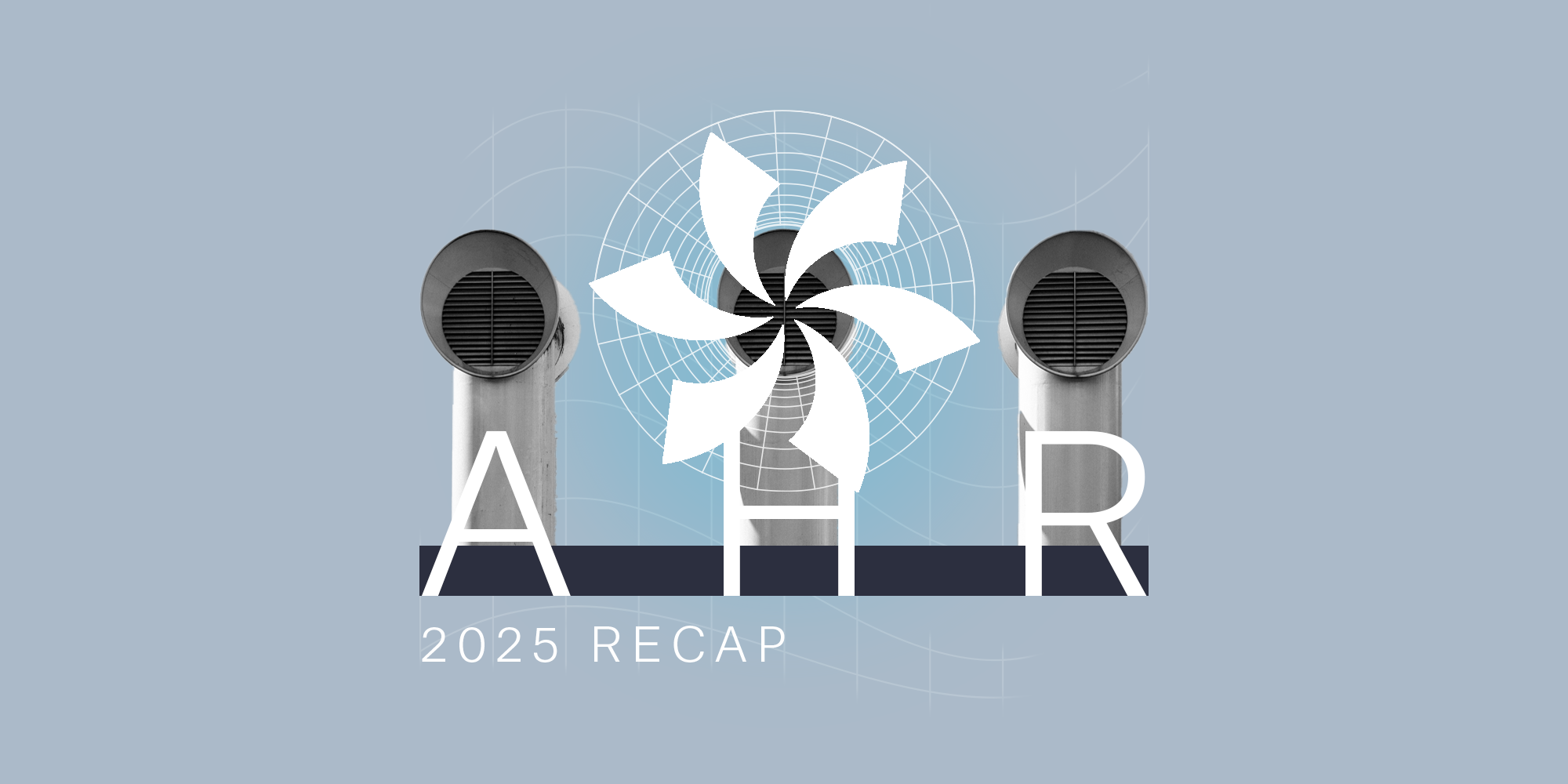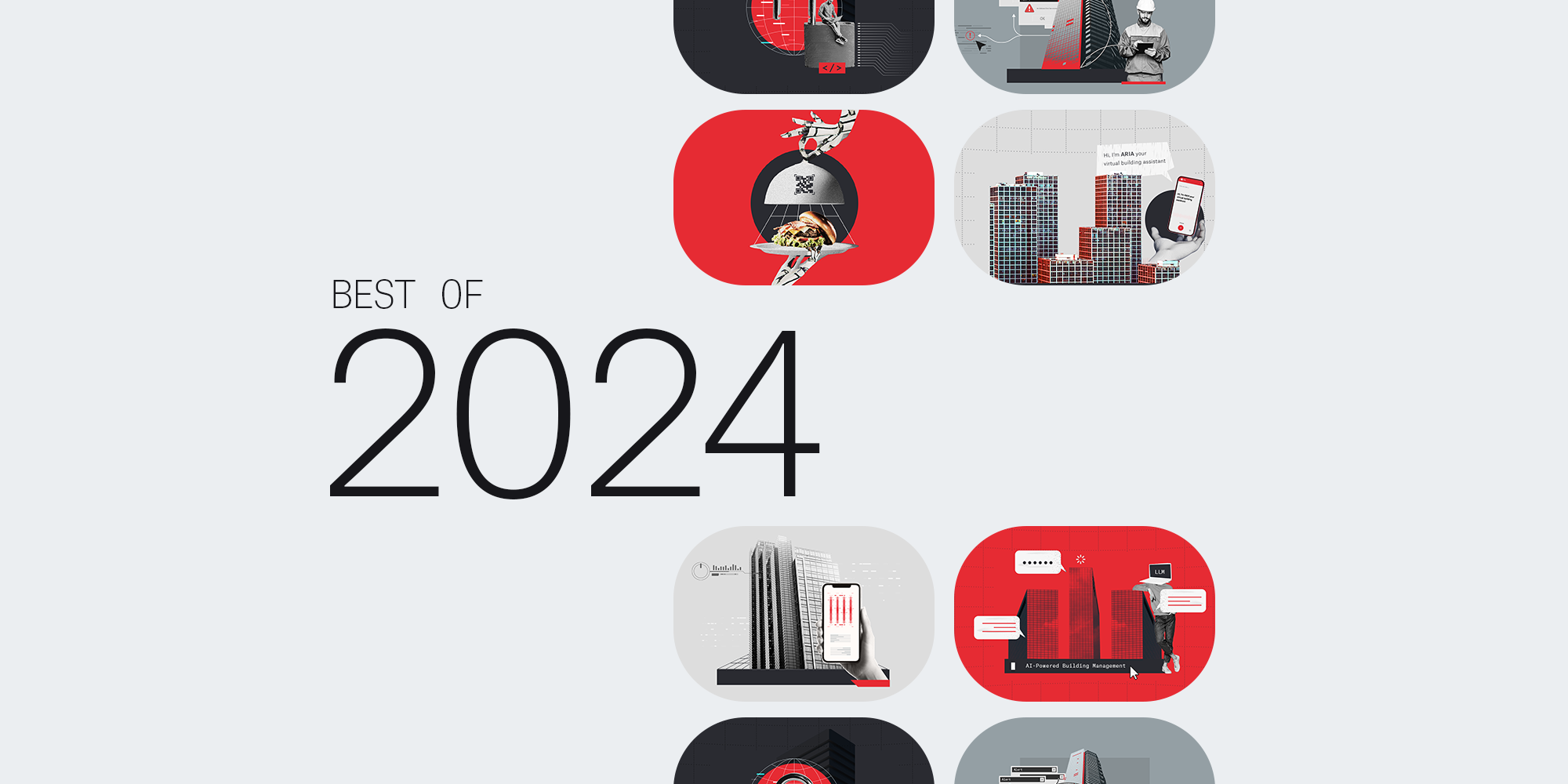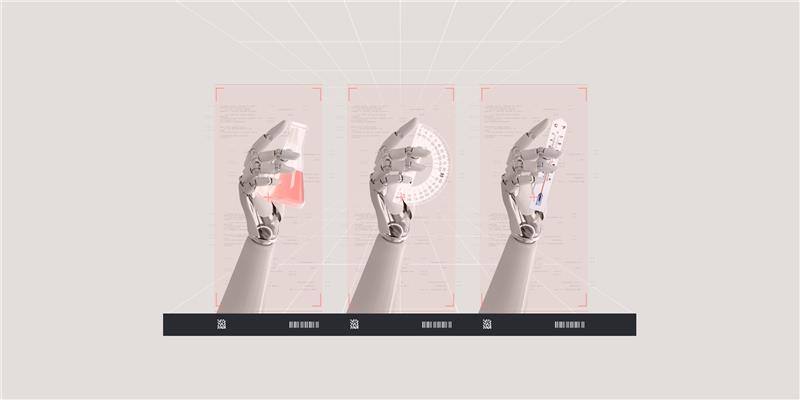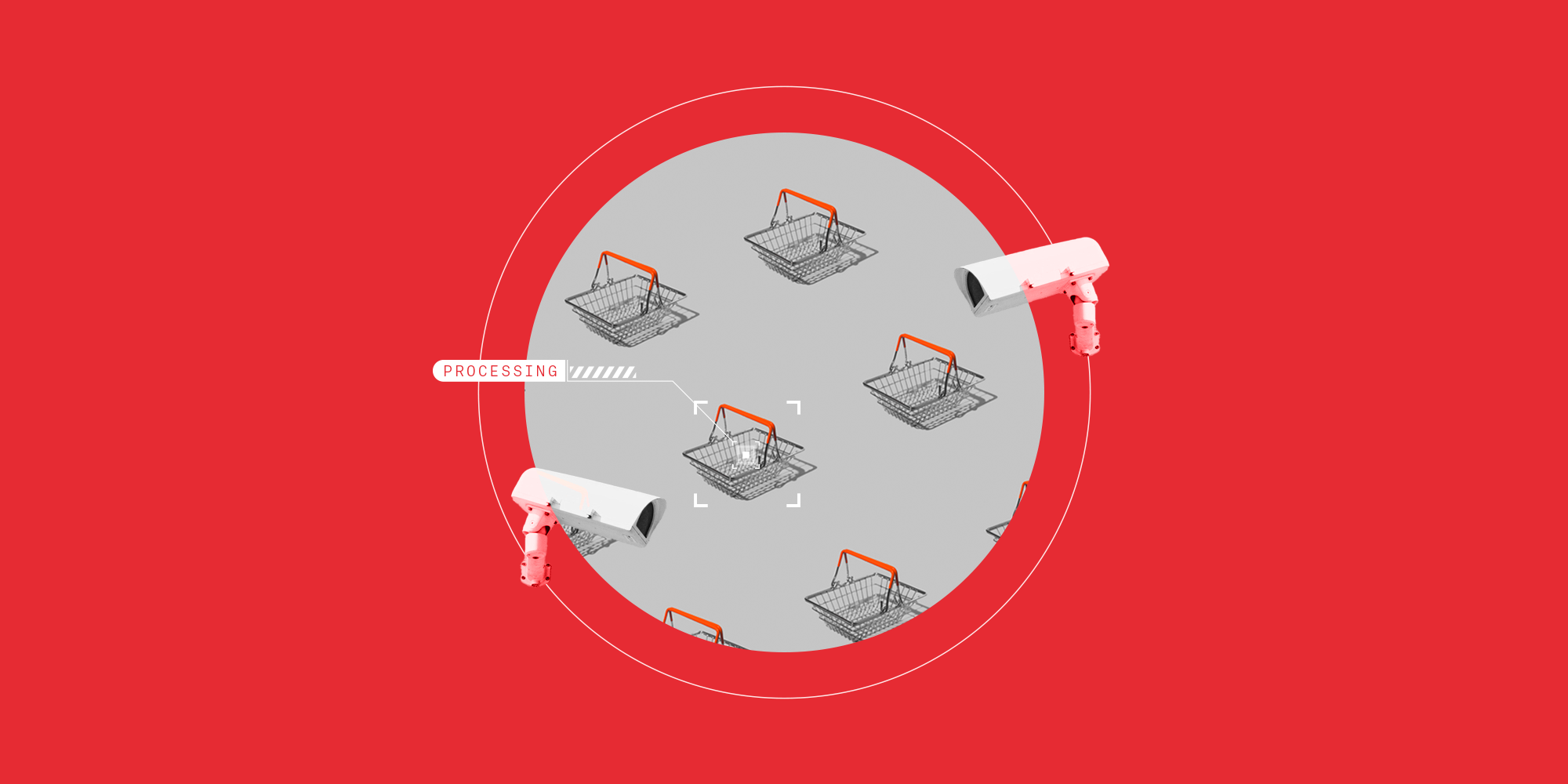When green is gold: 4 reasons why sustainable buildings deserve their green premiums
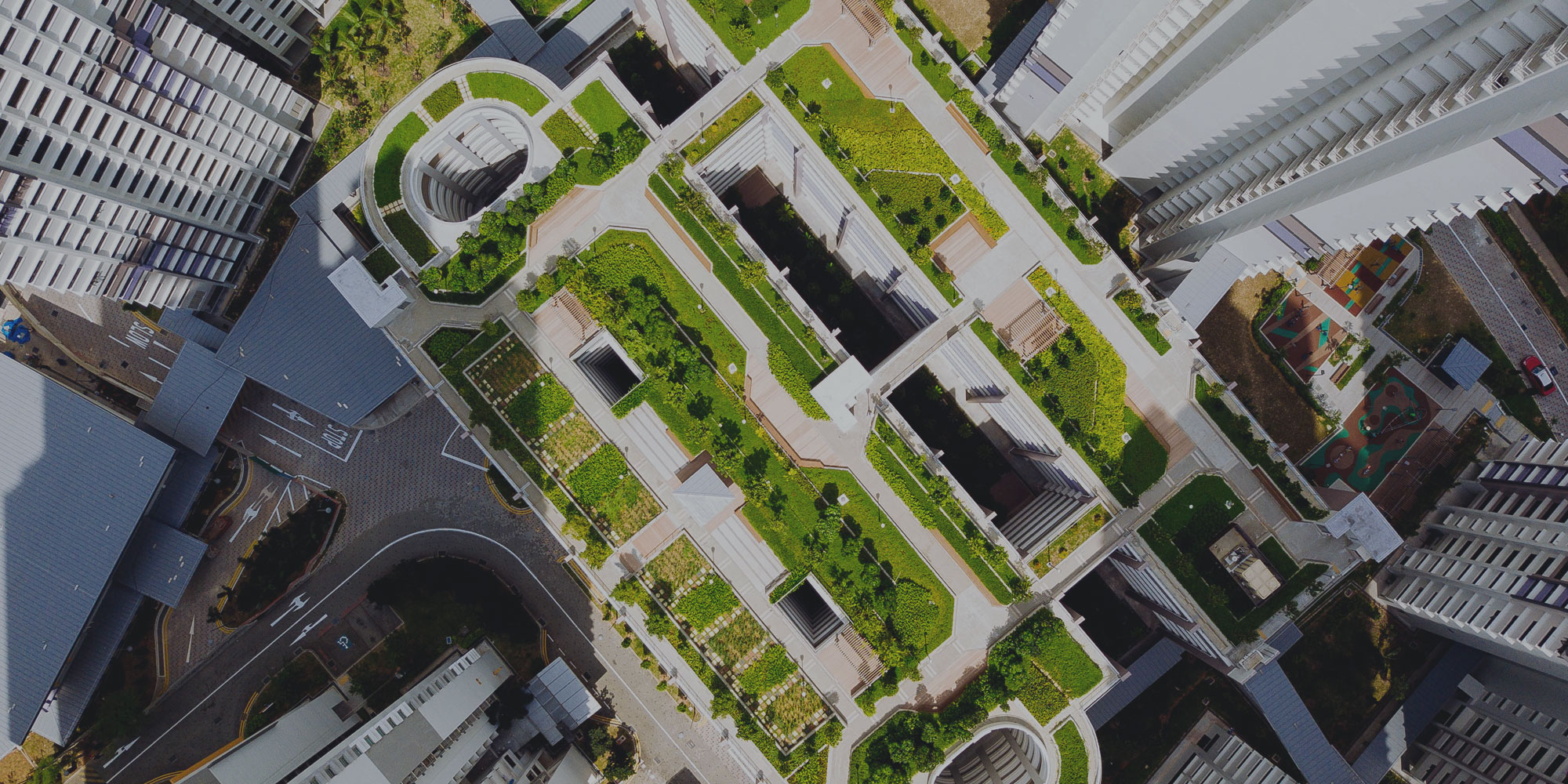
Stakeholders across all sectors are investing heavily in sustainable development. This is especially true for the real estate sector, where ever-tightening regulations and increased stakeholder demand are prompting building owners and investors to shift their focus to planet-first building designs and retrofits. This has led to a significant increase in the value of green buildings and a consequent devaluation of those that fall behind the sustainability curve.
But the benefits of greening your building don’t just extend to a higher valuation. It also increases occupant satisfaction and reduces energy consumption, which in turn lowers operation and maintenance costs and, importantly, decreases emissions.
1. Planet friendly buildings pioneer premiums
In fact, reducing emissions has been the driving force behind a slew of emissions regulations and bylaws targeted at buildings within the last few years. It’s also played a major role in consumer, investor, and tenant demand for buildings that help mitigate the effects of climate change by consuming fewer resources, generating less waste, and emitting lower quantities of greenhouse gases.
As policies and laws (such as New York City’s Local Law 97) are introduced to reflect the need to reduce GHG emissions, more buildings are required to obtain certifications. This is causing a green and brown gap between owners who retrofit their buildings, bringing them up to code and increasing their value (a “green premium”), and those who don’t and risk being left with hefty fines and stranded assets due to higher vacancy rates, lower rental growth, and falling rental prices (i.e., a “brown discount”).
What is a green premium?The term “green premium” refers to the added value attached to sustainable buildings. Designed and constructed with the environment in mind, these buildings have features such as efficient lighting, optimized HVAC systems, green roofs, and rainwater harvesting systems. |
2. Green buildings cost less in the long run
The inaction on the part of some building owners to make the effort to meet certification requirements can, in part, be due to complicated and cumbersome certification processes. It can also be attributed to the cost of retrofitting or designing and constructing a green building from scratch (which can cost about 10% more than conventional buildings). What many overlook, however, are the long-term gains of owning a building that’s not only worth 19% more because of its certified green status, but costs around 20% less to maintain, uses 25% less energy, and consumes 11% less water.
This is because sustainable buildings are typically furnished with energy-efficient features like LED lighting, smart water monitoring systems, solar panels, smart thermostats, and AI-powered HVAC systems, all of which can significantly lower a building's energy bills and reduce operating expenses and maintenance costs. In fact, one analysis found that, between 2015 and 2018, LEED (leadership in energy and environmental design)-certified buildings saved USD 1.2 billion in energy, USD 715.3 million in maintenance, USD 149.5 million in water, and USD 54.2 million in waste.
A separate study found that operating expenses for LEED-certified buildings were a whopping 7.43% lower per square foot, which is a substantial drawcard for property owners - particularly in an energy crisis. All this translates to not only a reduced impact on the environment but a higher return on investment for owners and investors.
3. Sustainable buildings are worth more
This return on investment has a knock-on effect on a property’s value, which for BREEAM- or LEED-certified buildings in London is over a quarter more than their less sustainable counterparts. In fact, as real estate players are faced with increasingly strict regulations, such as the Sustainable Finance Disclosure Regulation (which requires European real estate investors to provide greater transparency across their portfolios), expectations regarding energy efficiency are starting to shift. Energy-saving features such as triple glazing, optimized heating and cooling systems, etc., are beginning to be seen as standard, and buildings that fall short of these expectations are witnessing a fall in the value of their properties.
Another big part of the desirability of green buildings can be attributed to the higher rents they collect. Research shows that the significant rent premiums tacked onto certified green buildings don’t just occur in London, but extend to the US, Asia, and across Europe, too. One study that looked at office buildings certified by either BREEAM, LEED, DGNB, HQE, or WELL in 15 cities across 12 European countries found that certified buildings had an average rent premium of between 13% and 28% over five years, proving that tenants are willing to pay substantially more for sustainable buildings.
Certified rent compared to uncertified rent:
.png?width=2048&height=1221&name=BBAI_green-premiums-graph%20(1).png)
4. Occupants are willing to pay more for green buildings
Another major reason tenants are forking out higher sums for greener buildings is down to occupant satisfaction. Occupants are increasingly demanding workspaces that are aligned with their environmental priorities. In fact, according to the JLL report, almost 80% of organizations surveyed said they believe their employees will increasingly expect their workplace to have a positive impact on the environment.
But sustainable buildings aren’t just good for the planet, they’re good for occupant health too. It’s been shown that green buildings often have better indoor air quality, which can lead to reduced illness and increased productivity. Improved insulation and ventilation can also help create a more comfortable environment, leading to happier occupants and reduced turnover rates – providing even more reasons to invest in sustainable buildings.
Green buildings just make sense
Of course, given the current global economic and geopolitical outlook, it’s easy to understand why many businesses and property owners are focusing on short-term cost control instead of looking to invest in green buildings. However, the risks of their inaction are perpetually rising as more emissions regulations are passed and the demand for green buildings continues to trend upwards.
Those who resist the transition to sustainable buildings are missing out on benefits such as rent premiums, lower energy costs, increased occupant satisfaction, and higher building valuations. Most importantly, they’re passing up on the opportunity to reduce the impact of one of the most significant sources of emissions worldwide: buildings.


